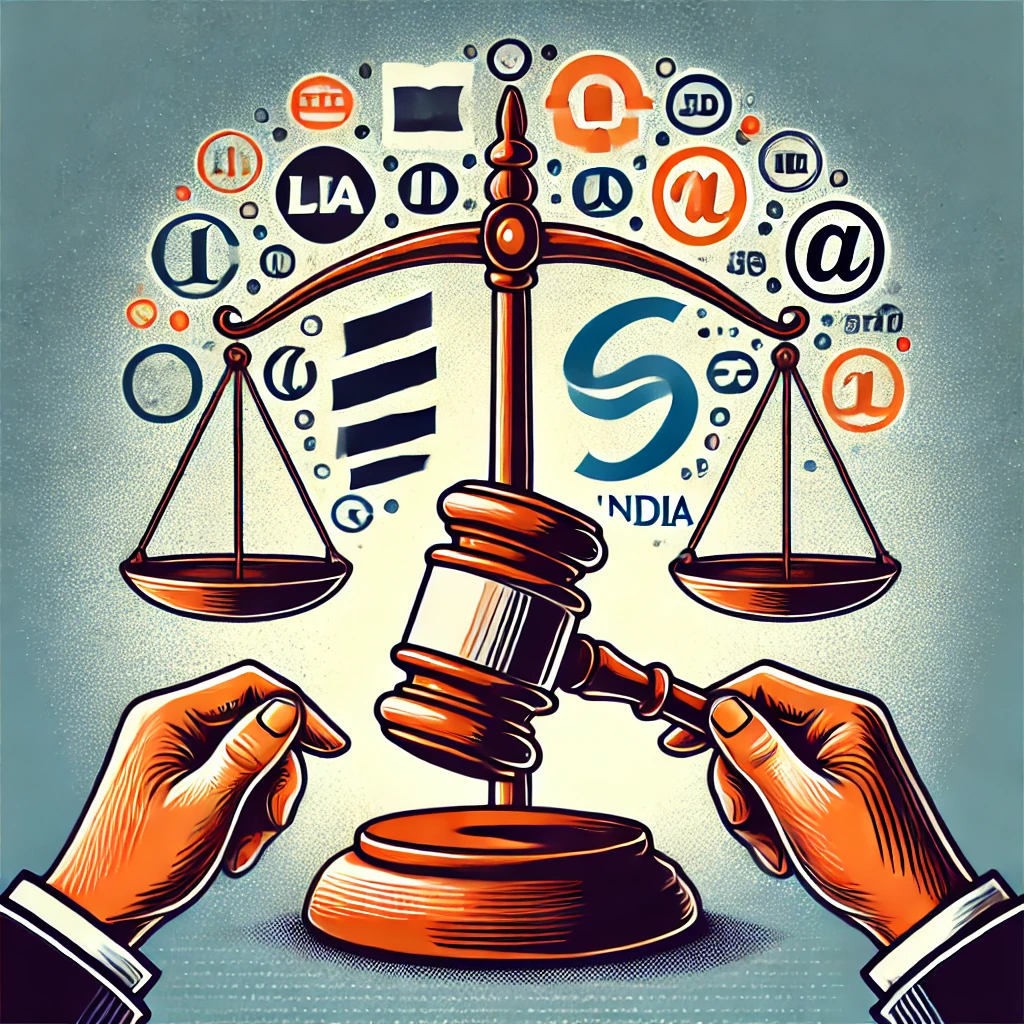Geographical Limits on Trademark Rights under Intellectual Property
🔹 What Are Geographical Limits on Trademark Rights?
Trademark rights are generally territorial, meaning that the protection a trademark owner has is limited to the geographic areas where the trademark is used or recognized.
This means:
Owning a trademark in one country or region does not automatically grant rights elsewhere.
The trademark owner must establish use or registration in each territory where they seek protection.
Conflicts can arise when different parties use similar marks in different regions.
🔹 Why Do Geographical Limits Matter?
Because trademarks help consumers identify the source of goods or services, the trademark's reputation and protection depend on public recognition within a particular market.
If a trademark owner only operates in one geographic area, their rights may be limited to that area.
Another party may be free to use the same or a similar mark in a different area, especially if there is no confusion.
🔹 Key Principles
Trademark rights arise from use in commerce within a geographic area.
Trademark protection is generally limited to where the mark is known and used.
Expansion of rights requires use or registration in new territories.
Conflicts over similar marks are resolved based on likelihood of confusion in overlapping markets.
🔹 Case Law Examples (Principle-Based)
🧑⚖️ Smithson v. Northland Traders
Facts: Smithson owned a trademark for “SilverStar” used in the Western region of the country. Northland Traders started using “SilverStar” in the Eastern region without Smithson’s consent.
Issue: Does Smithson have trademark rights over the Eastern region?
Outcome: The court held that Smithson’s rights were limited to the Western region because that is where the mark was known and used. Northland Traders’ use in the East did not infringe, as there was no consumer confusion due to geographic separation.
Principle: Trademark rights are limited geographically to the area where the mark has established recognition.
🧑⚖️ GlobalTech v. LocalDevices
Facts: GlobalTech operated internationally with the mark “TechMax.” LocalDevices began using “TechMax” in a local market where GlobalTech had not yet entered or established use.
Issue: Can LocalDevices use the mark in its local area?
Outcome: The court recognized GlobalTech’s international reputation but held that, since GlobalTech had not used or registered the mark locally, LocalDevices had rights in the local market until GlobalTech entered.
Principle: Even globally recognized trademarks may not have automatic rights in new territories without use or registration.
🔹 Practical Implications
Businesses must register and use trademarks in each geographic area where protection is desired.
Trademark owners should monitor local markets for unauthorized use.
Geographic limitations may allow different businesses to use similar marks in different regions without conflict.
Expansion into new markets requires strategic trademark registration and use.
🔹 Summary Table
| Aspect | Explanation | Example |
|---|---|---|
| Territorial Nature | Rights limited to areas where mark is used | Smithson’s rights limited West |
| Use and Recognition | Rights depend on consumer recognition | GlobalTech lacked local rights |
| Registration Importance | Helps establish rights in new territories | Local registration needed |
| Conflict Resolution | Based on likelihood of confusion in overlapping areas | Separate rights if no confusion |
✅ Conclusion
Trademark rights are inherently tied to geography. Protection depends on where the mark is used and recognized by consumers. This territorial nature ensures fairness between trademark owners and allows coexistence of similar marks in different markets.







0 comments